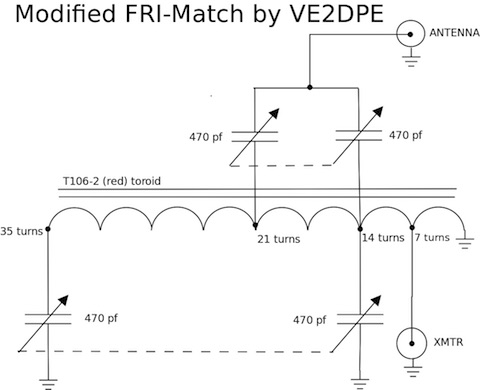I've been using a Dentron T-Match that's inefficient and it's increasingly noticeable. It appears that an L-Network is more efficient and very do-able using the same Dentron case. So it prompts the question, 'Why Dentron or other manufacturers always made T-Matches instead of L's given the increased efficiency of the L-Match?' Is it component size? Is my idea doomed for having a case too small? 10-80 only and I need to use coax as I'm a city person (coax upgrade coming soon).
neil
neil

